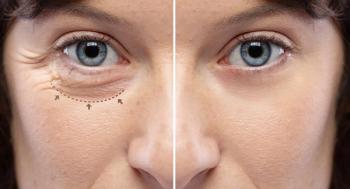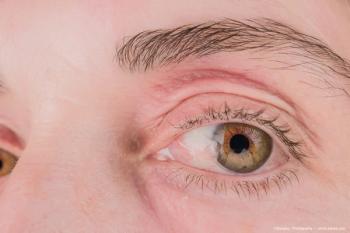
As artificial intelligence tools become more common in research, students must navigate issues including plagiarism, data consent, and equitable application.

As artificial intelligence tools become more common in research, students must navigate issues including plagiarism, data consent, and equitable application.


Panel examines drug mechanisms, patient factors, and strategies to optimize results.

A trio of retina specialists recently reviewed the clinical benefits of aflibercept 8 mg, including its extended dosing intervals, improved patient satisfaction, and enhanced treatment outcomes for various conditions.


Alternative management may avoid current concerns found with antibiotics.




This approach helps distinguish diseases associated with macular atrophy.

NCX 470 is Nicox’s lead dual-mechanism bimatoprost eye drop for lowering IOP in open-angle glaucoma or ocular hypertension.

Insights for diagnosing and managing these visible changes across specialties.


Aldeyra met with the FDA on December 12, 2025, in which the FDA requested the company submit the CSR from the reproxalap dry eye disease field trial to the NDA.

Tips for optimizing surgical techniques to reduce recurrence and enhance outcomes.

The trial is being discontinued based on the recommendation from an Independent Data Monitoring Committee (IDMC) to stop the trials for “futility."

While primary endpoint analysis showed no statistical difference in the rate of change in GA area between AVD-104 versus monthly avacincaptad pegol, 12-month results showed approximately 31% reduction in GA lesion growth rate versus growth rates in sham and natural history rates.

A phase IV study in China found that 22 of 26 patients achieved complete healing of a persistent corneal epithelial defect or corneal ulcer after 8 weeks.

Pre and postclinic routines, time blocking, and the Eisenhower Decision Matrix enhance efficiency in clinical education.

The company plans to submit its NDA package in the second half of 2026.

The grading scales were compiled with the goals of achieving conciseness and the ability to provide clear drug-dose-modification recommendations compared with the previous ocular CTCAE scale.

A study from a tertiary eye hospital suggests that effective keratitis management may have the potential to restore vision.


Alcon increases its acquisition offer for STAAR Surgical, emphasizing a final deal amid shareholder debates and delays in the merger process.

Combining imaging and patient symptoms improves assessment of disease progression.

Xelafaslatide is a small-molecule Fas inhibitor designed to protect key retinal cells, including photoreceptors, from cell death that occurs across multiple retinal diseases and conditions.

The study evaluated thermal dynamics associated with CW-TSCPC and TLT using MicroPulse technology, such as temperature peak, exposure duration, and thermal spread in a simulated ciliary body using computer modeling.


EndoArt is an artificial cornea endothelial layer made of a sterile biocompatible material, acrylic hydrophilic. According to the company it is the first synthetic implant to treat corneal edema.

The trial is evaluating the company’s femtosecond laser trabeculotomy procedure in comparison to selective laser trabeculoplasty